The astronauts who traveled aboard Boeing’s Starliner spacecraft could stay at the International Space Station until 2025, before getting a lift home with Elon Musk.
Boeing and NASA officials have been debating whether Starliner is secure enough to bring the astronauts back to Earth. NASA officials said on Wednesday that they are working on backup plans that depend on SpaceX.
Two Open Seats
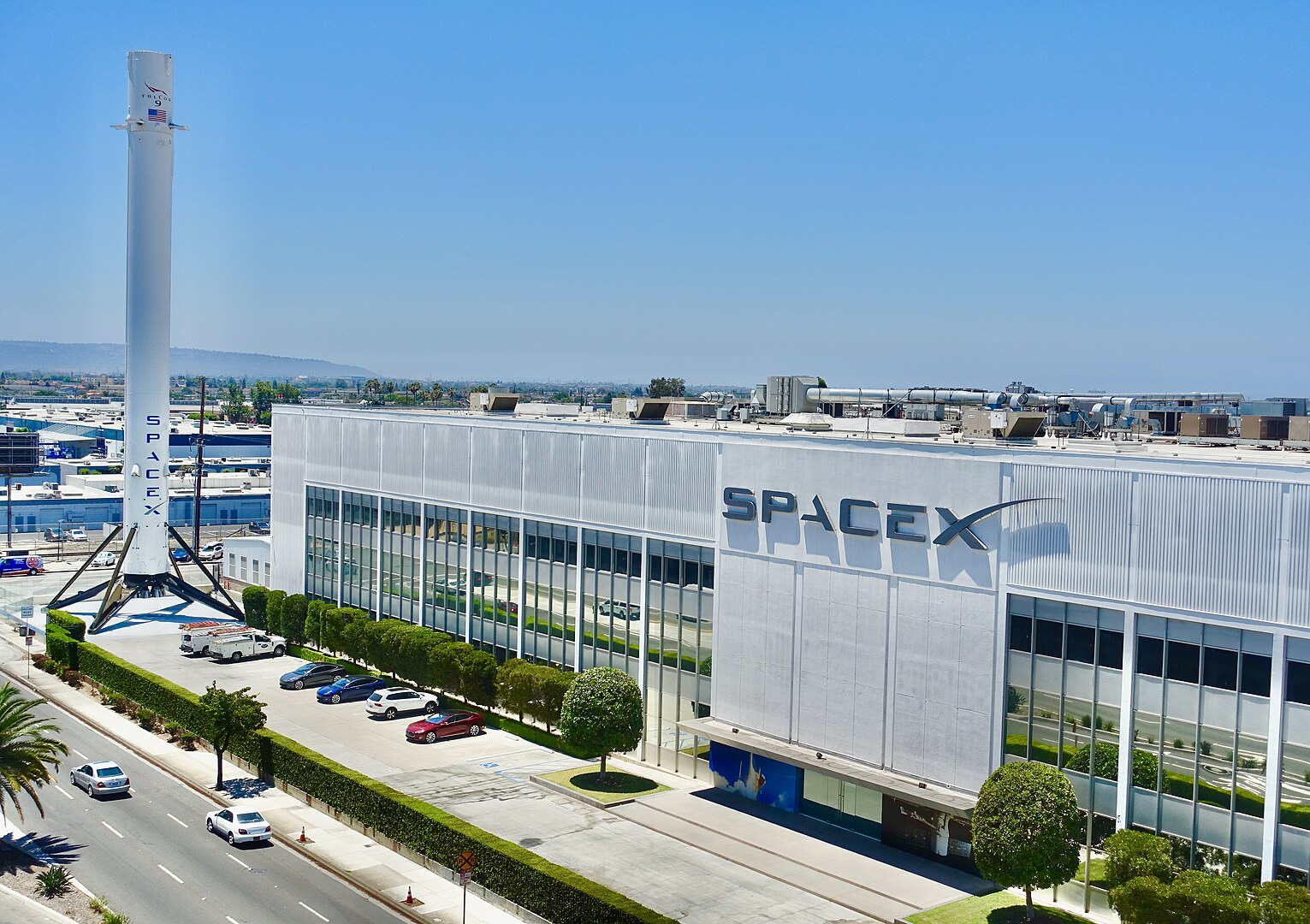
In recent weeks, the possibility that NASA would call on Musk’s space company to finish a mission that Boeing has been working on for years, increased. Boeing has vouched for the craft.
According to agency leaders, managers at NASA are considering having SpaceX launch one of its crew vehicles to the International Space Station in September with two open seats.
NASA Briefing
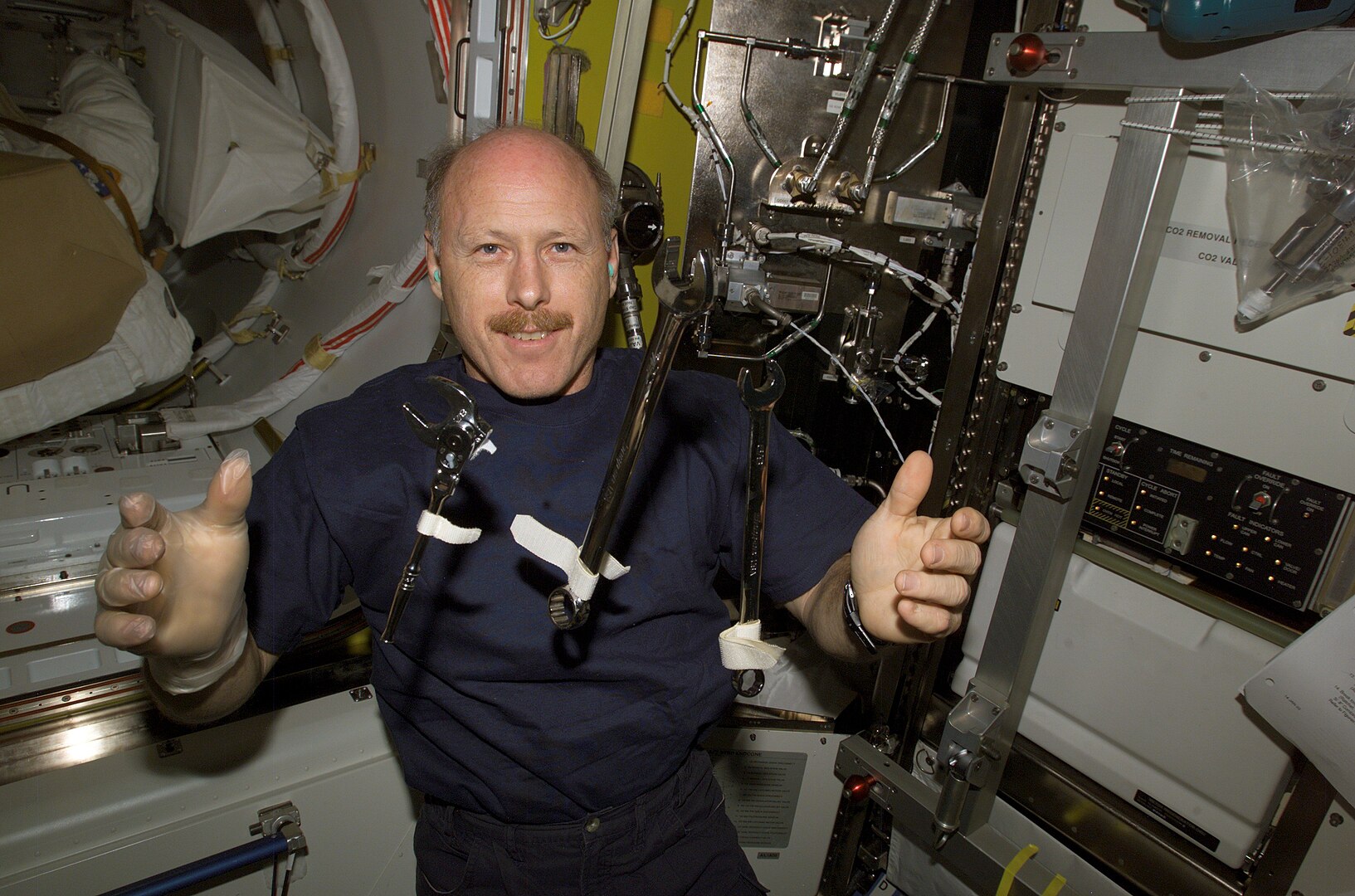
That would leave space for Barry Wilmore and Sunita Williams, the astronauts Boeing sent to the ISS around two months prior, to possibly get back with SpaceX — meaning they would stay on the station until SpaceX’s vehicle leaves early next year.
During a briefing, NASA’s top space operations administrator, Ken Bowersox, stated, “We don’t just have to bring a crew back on Starliner.”
Bowersox Comments
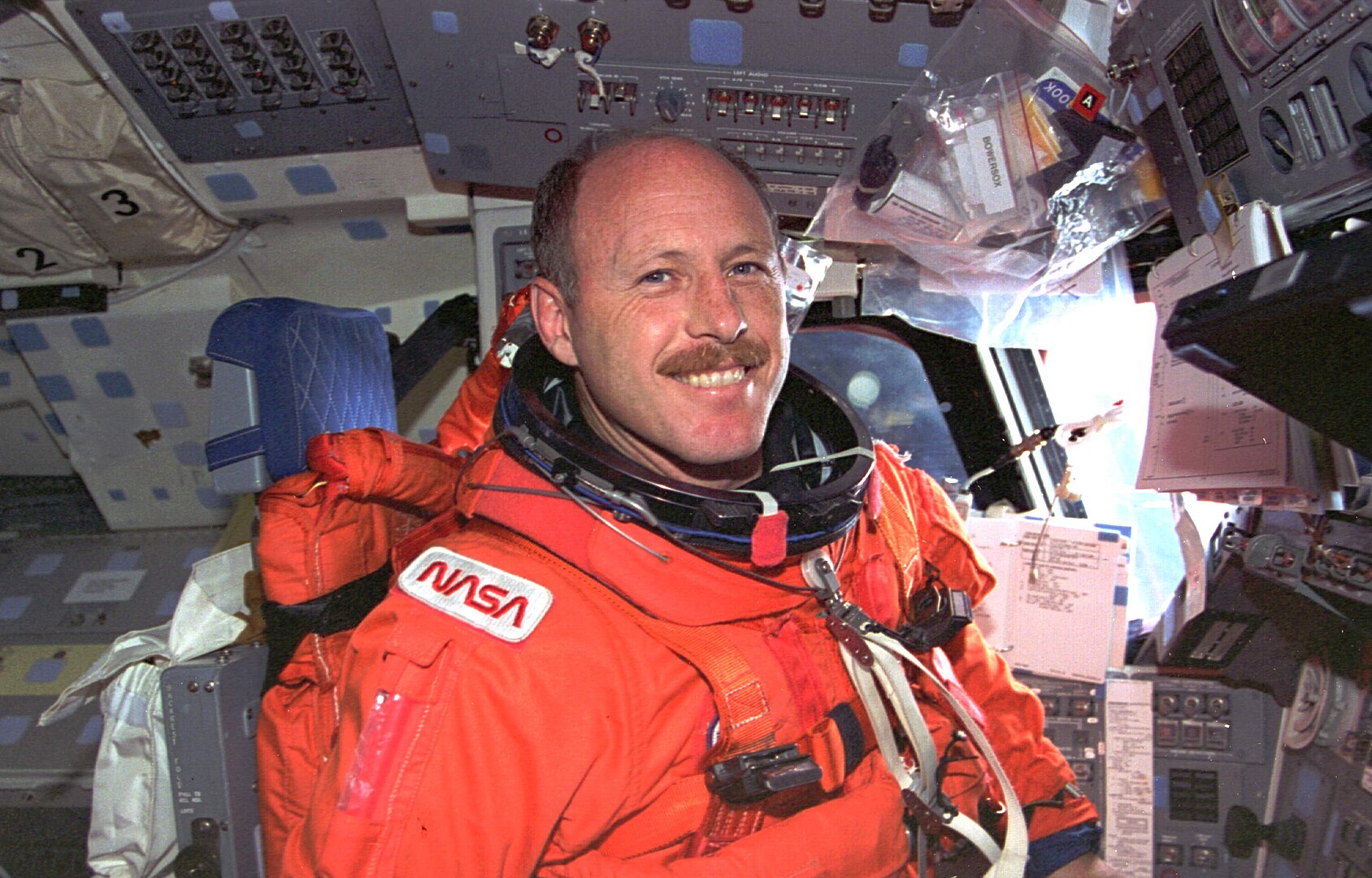
Bowersox, a former astronaut, said Starliner’s odds of returning without the astronauts had grown over the last few weeks. Results from recent tests raised caused concern at NASA, authorities said.
NASA is hoping to settle on a decision about the next stages by the middle of this current month, and no ultimate choices about whether to go with Boeing or SpaceX have been made.
Maintaining Belief
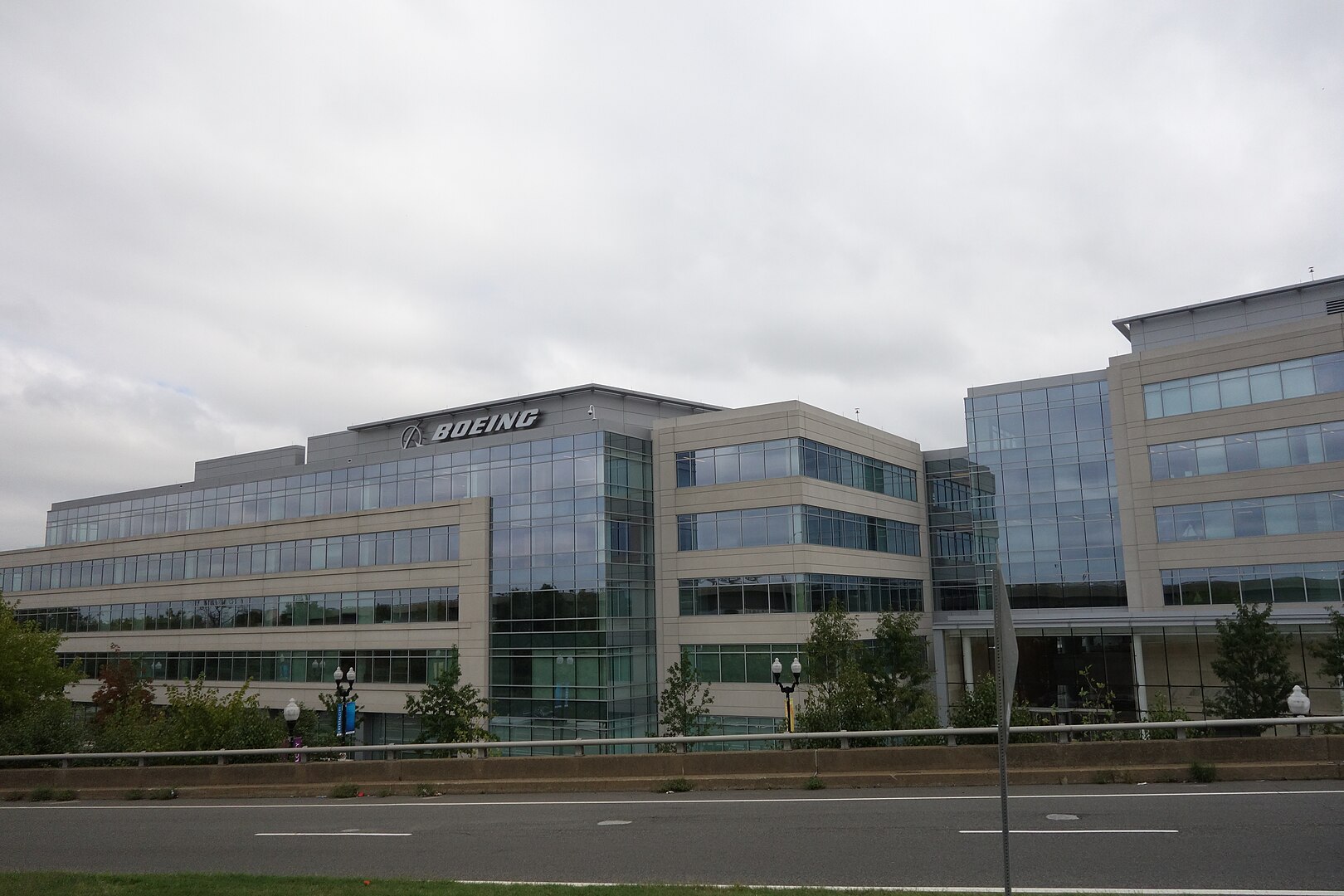
Boeing stated on Wednesday that it still believes in Starliner. “If NASA decides to change the mission, we will take the actions necessary to configure Starliner for an uncrewed return,” the organization said.
Wilmore and Williams have been on board the space station since June 6, when they became Boeing’s Starliner’s first astronauts. The brief failure of a few thrusters and the discovery of helium leaks in the vehicle’s propulsion system transformed the arranged weeklong visit to the ISS into an extended trip.
Starliner’s Readiness
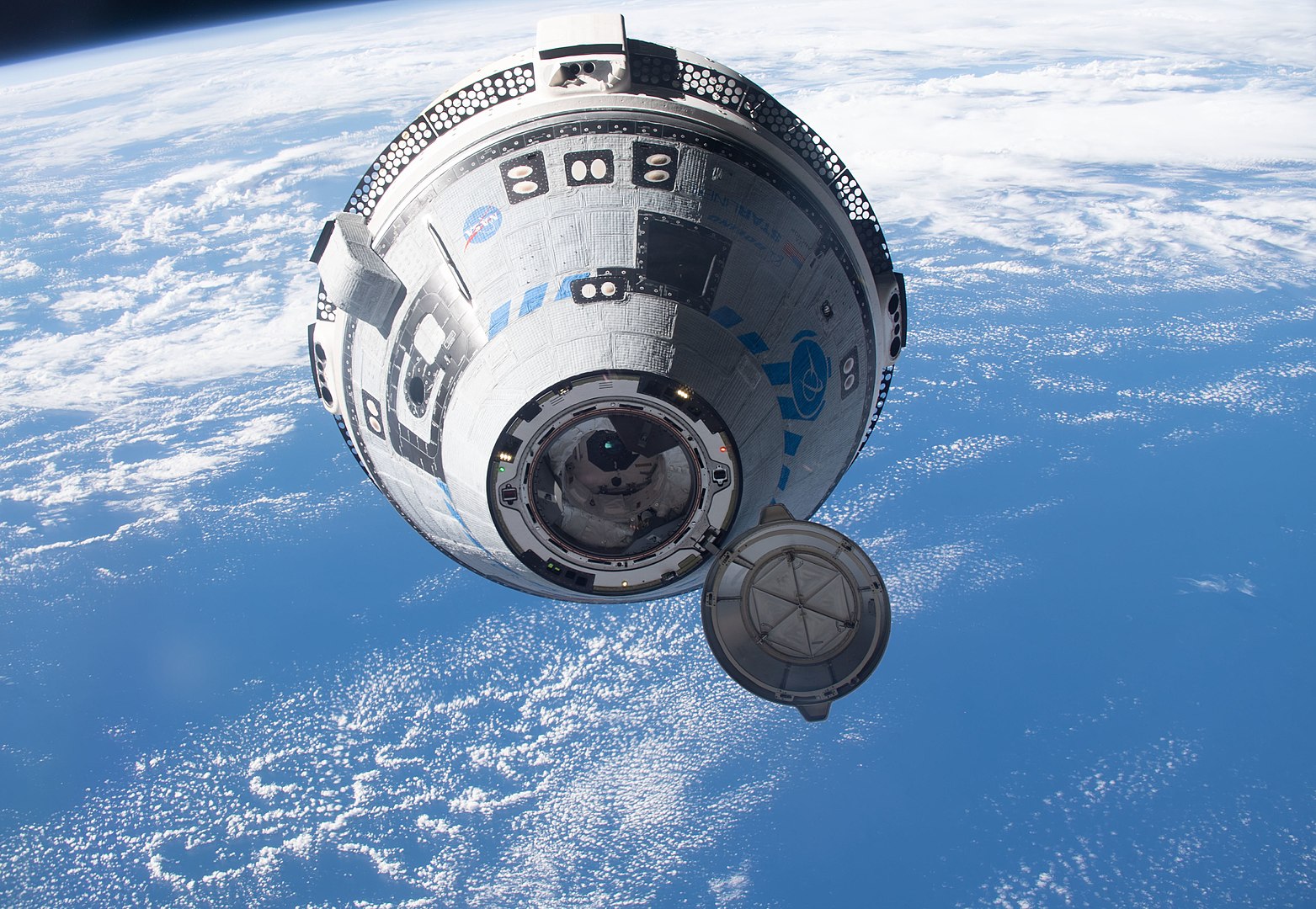
A detailed review of Starliner’s readiness for the return flight was postponed last week when officials were unable to agree on whether or not to use the aircraft, according to people familiar with the situation. This resulted in tensions arising between Boeing and some leaders at NASA.
“The real disagreements are how much uncertainty they view in the data” and potential dangers attached to Starliner, Steve Stich, a NASA chief, said at the briefing.
Delaying a Launch
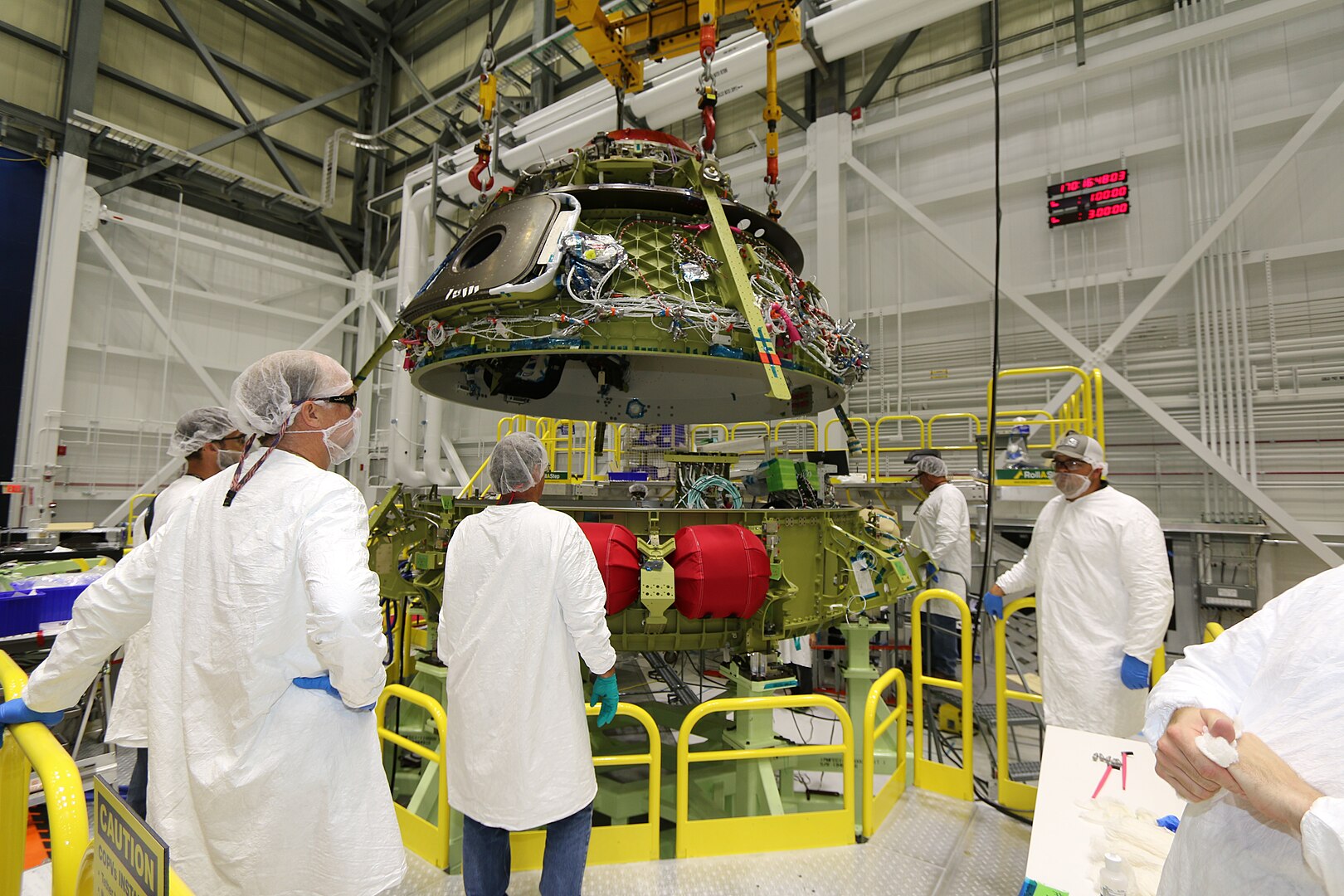
As it deals with internal disagreements regarding Starliner, NASA is buying time. The organization on Tuesday pushed back an arranged SpaceX launch of another ISS astronaut team, deferring it from mid-August to Sept. 24, permitting additional opportunity to conclude return plans for Wilmore and Williams.
Should NASA request that SpaceX fly Wilmore and Williams back to Earth, both would remain on the ISS until February 2025, when SpaceX’s vehicle is planned to make its return trip with four crew members on board. Before rotating off, NASA astronauts typically remain at the facility for approximately six months.
Starliner Scrutiny
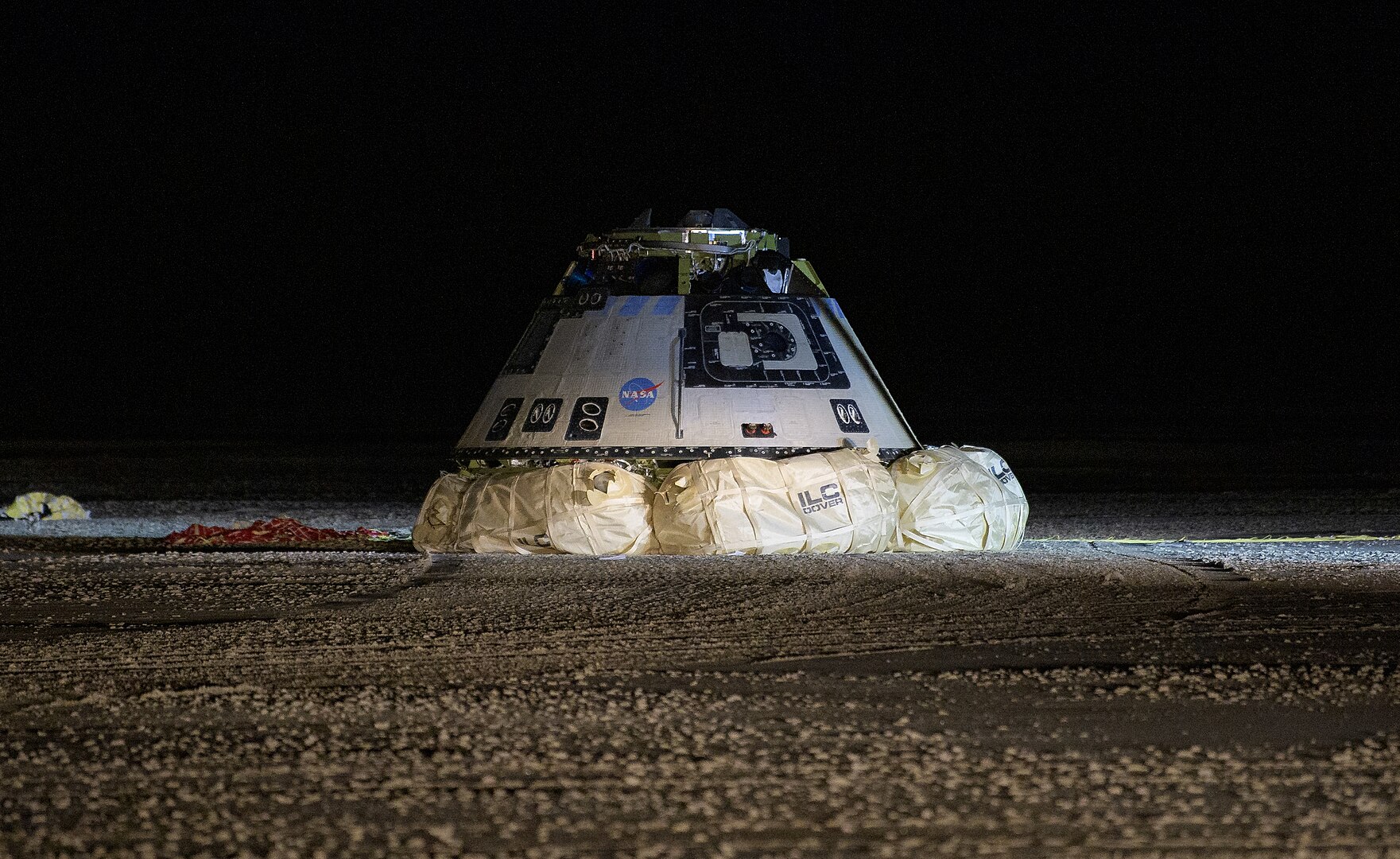
The first flight of the Starliner has sparked a lot of scrutiny of a plane that Boeing has been working on for years. NASA needs both Boeing and SpaceX vehicles accessible to ferry crew to the space station, which authorities have said would assist with guaranteeing constant access.
The initial duration of the mission was eight days. It has been extended as officials from Boeing and NASA look into leaks and thruster issues and the potential risks they pose.
Deorbiting Procedure
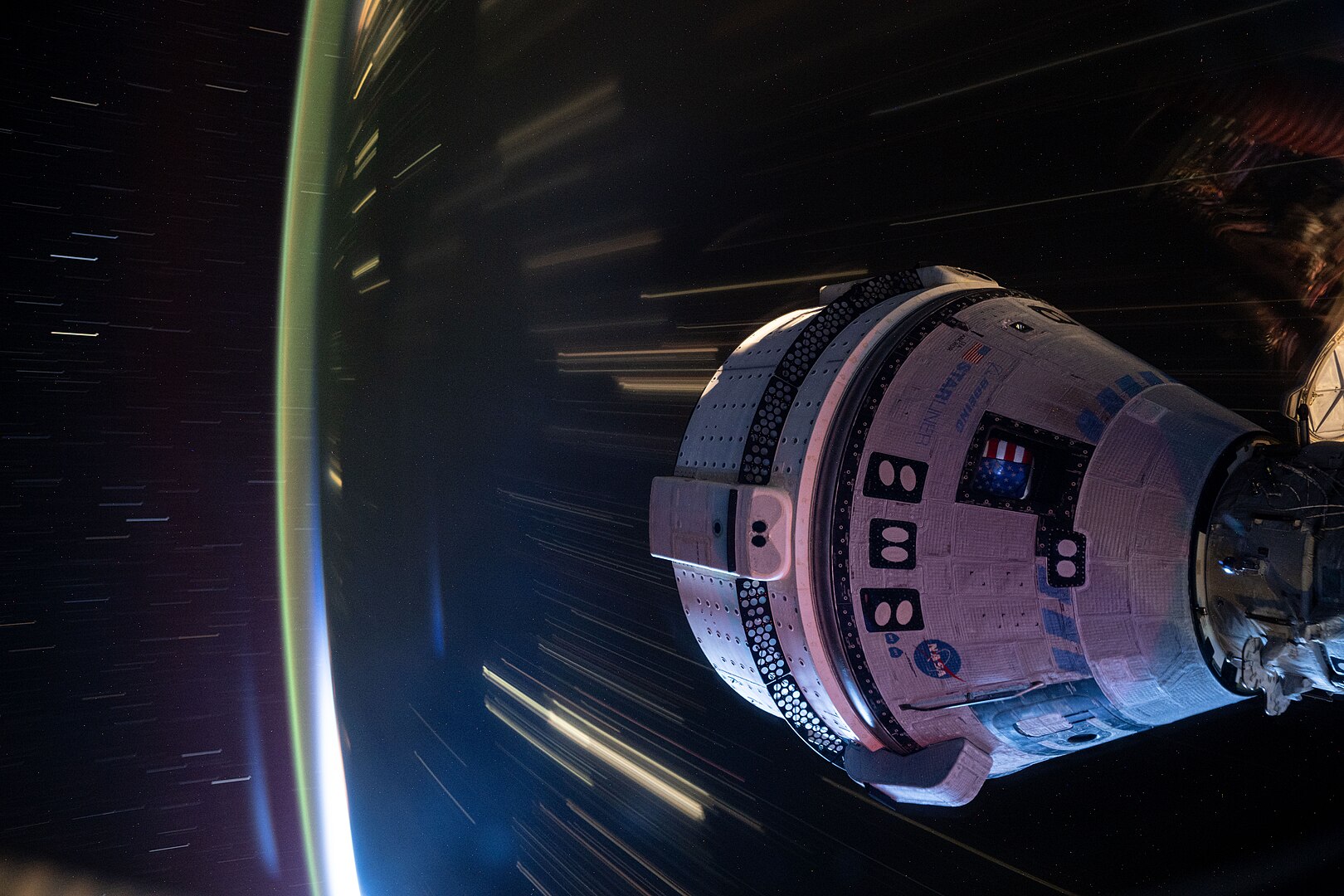
In order to get Starliner ready for deorbiting, the thrusters are needed after it undocks. The propulsion system, including a different set of thrusters that Starliner needs for its return trip, requires helium to provide pressure.
Boeing claims that Starliner is prepared to fly. Friday, the company released a statement outlining the in-orbit and ground testing it and NASA have carried out.
“Flight Rationale”

Boeing stated that the testing data supported the “flight rationale” for using the vehicle to return Wilmore and Williams—NASA’s term for a space operation that is safe enough to pursue.
Starliner is among the issues plaguing Robert “Kelly” Ortberg, the aviation giant’s incoming CEO, who begins his new position on Thursday. Should NASA give a final certificate to Starliner, which Boeing is attempting to get with the ongoing flight, the organization is under an agreement to launch another six trips with the vehicle.
Boeing and NASA Ties
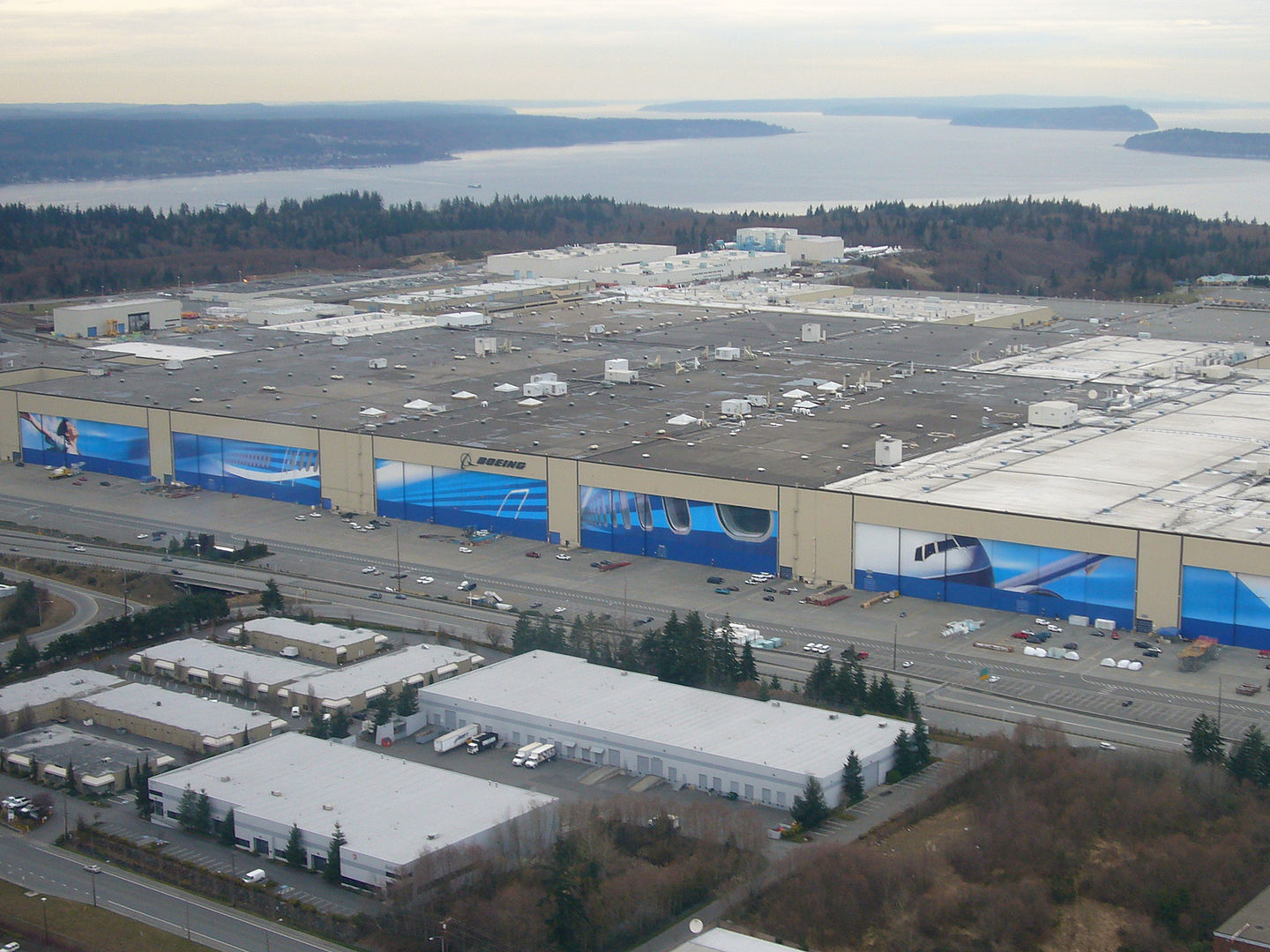
Boeing, which has long-standing ties to NASA dating back to the Apollo moon landings, would find it difficult if NASA turned to SpaceX to complete the mission.
Boeing has faced costly technical challenges since Starliner’s development began more than a decade ago, putting the spacecraft behind schedule and SpaceX. Musk’s space company has been NASA’s only U.S. option for crewed missions to low-Earth orbit. SpaceX effectively finished its previously manned trip to the space station over four years ago.
Unexpected Stay
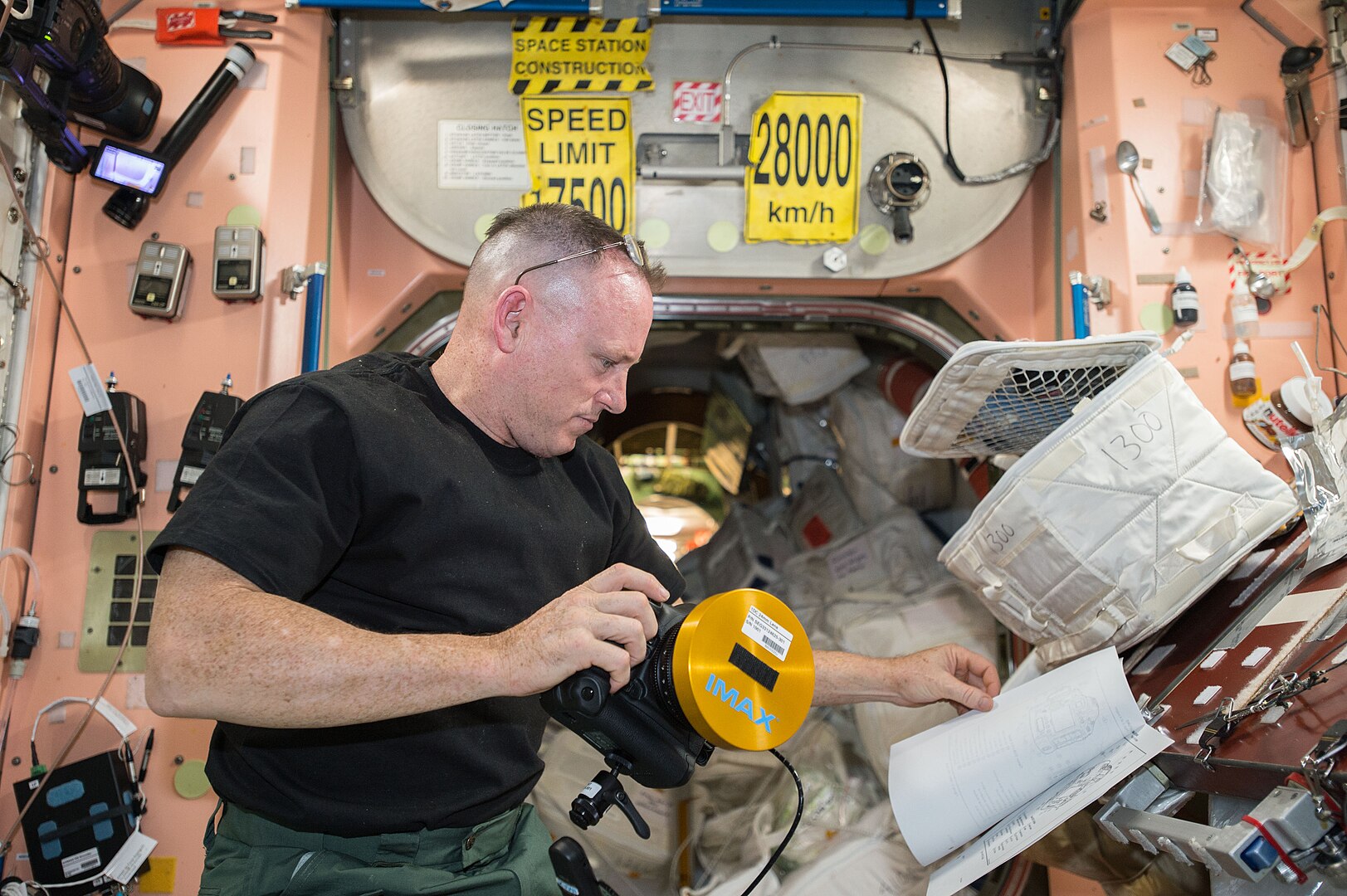
During their unexpectedly extended stay on the ISS, Wilmore and Williams have been conducting scientific research, keeping up with Boeing and NASA’s work on the Starliner issues, and servicing equipment. Wilmore recently conducted work on assembling a centrifuge that will aid future trials, while Williams partook in a study investigating making optical fibers in microgravity.
The space station has a lot of food and supplies, authorities have said. Astronauts spend approximately six months at the station during operational missions.
The space explorers, both experienced former military pilots who have made a trip to the space station previously, last month communicated their belief in Starliner.
